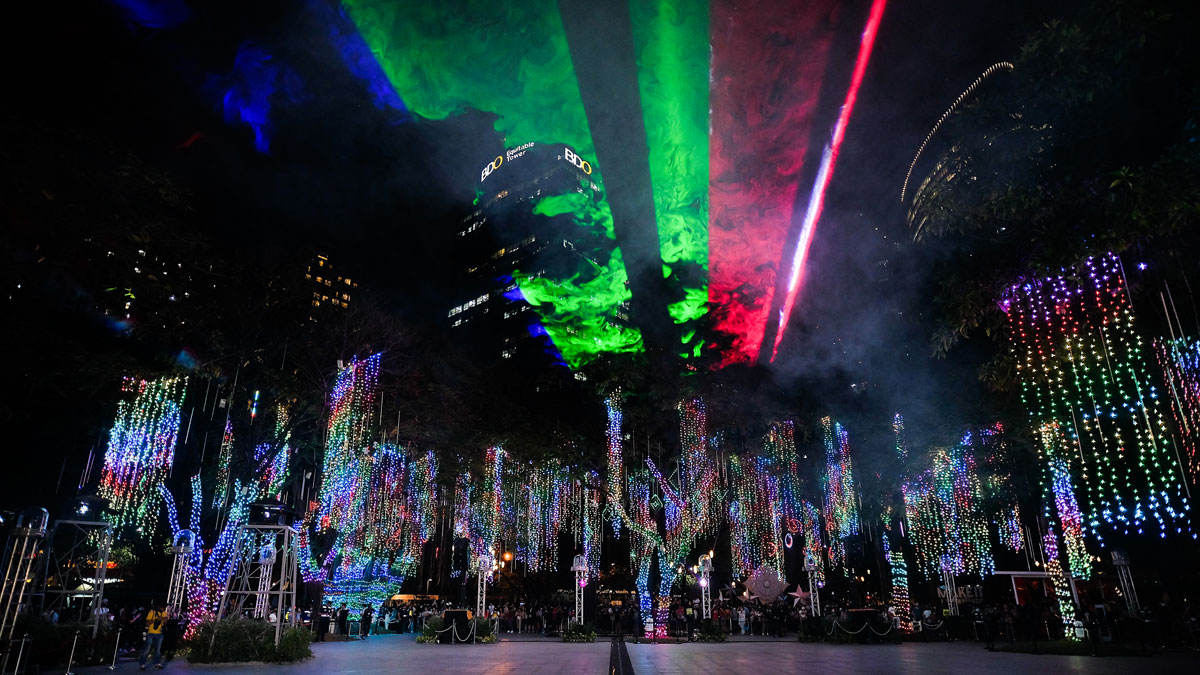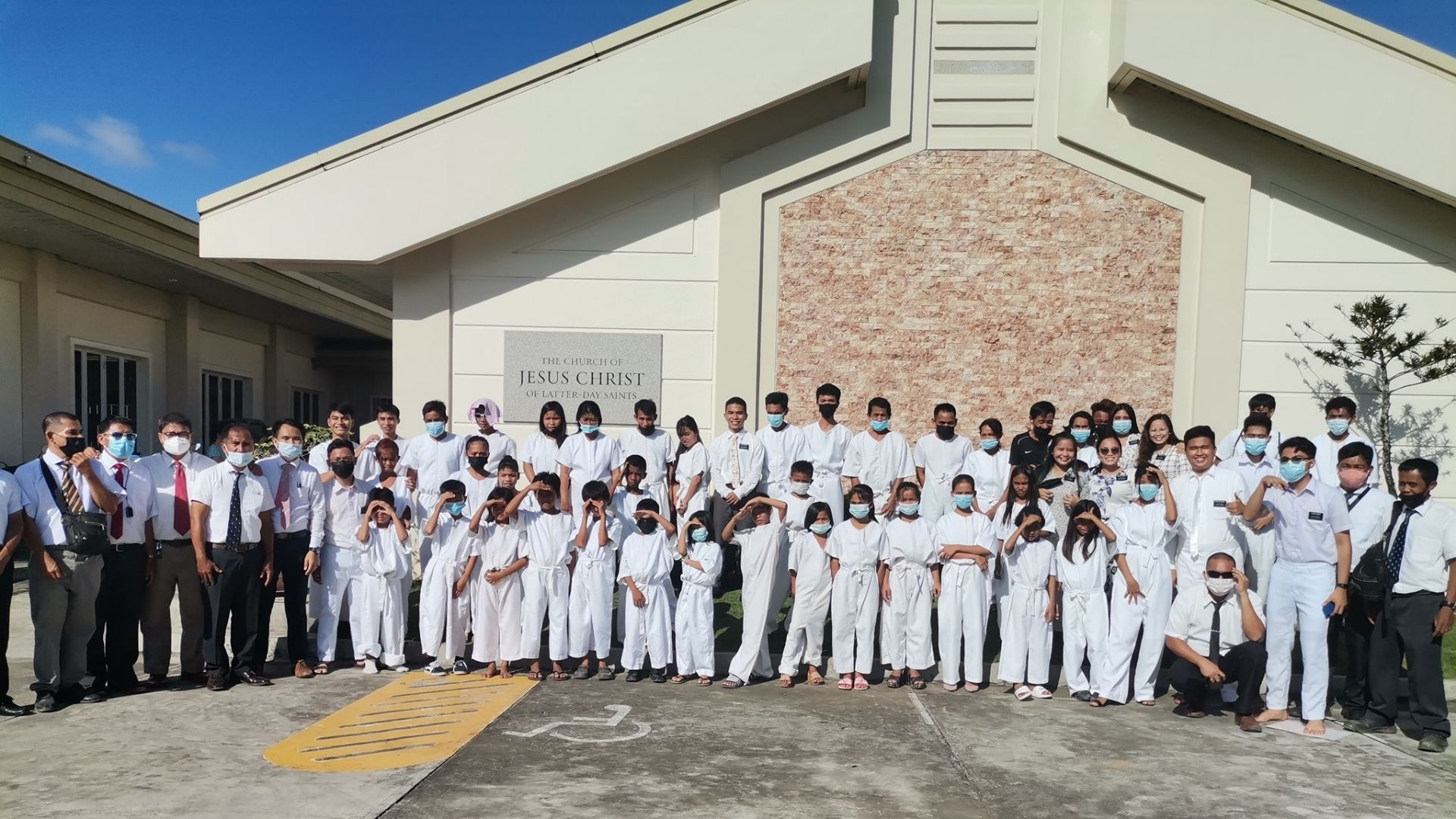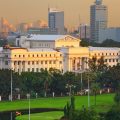Long before the first chill of December, before most of the world has begun to consider the holiday season, the Philippines is already celebrating. On the morning of September 1, radio stations switch to Christmas playlists, department stores unveil trees and garlands, and the country’s vast archipelago begins to take on a familiar glow.
Here, Christmas is not a day or even a month. It is a season that stretches for more than four months, from the first of September through the first weeks of January, earning the Philippines the distinction of hosting the longest holiday season in the world.
The beginning of what Filipinos call the “Ber months” — September, October, November and December — is the cultural cue. For many, the flip of the calendar page is enough: carols are played, lights are hung, parols, the star-shaped lanterns that symbolize the Star of Bethlehem, appear outside homes and in neighborhood markets. The transformation is not gradual but immediate, a national shift toward festivity.
A Tradition Both Sacred and Social
The length of the season is rooted in both faith and culture. The Philippines is the largest Catholic nation in Asia, and Christmas holds profound religious weight. The season allows for a deliberate buildup: Advent in December, the novena of Simbang Gabi dawn masses, and the culmination of Christmas Eve’s Noche Buena feast. The celebrations continue into the new year and close with the Feast of the Epiphany in early January, marking the arrival of the Three Kings.
But the holiday is more than liturgy. It is an anchor of social life, a time when families separated by distance and work reunite. With millions of Filipinos living and working abroad, the extended calendar ensures there is time for returns, remittances, and reunions. For many, Christmas is not fully realized until an overseas relative arrives at the airport, laden with gifts and stories from abroad.

The Commerce of Cheer
The long holiday has also reshaped the country’s commercial rhythms. By September, malls across Manila are decked out in lights and ornaments. Retailers time sales to the season, and restaurants begin offering Christmas menus months in advance. Public squares and shopping centers transform into open-air stages, with concerts, contests, and towering displays that draw families late into the night.
The economic impact is considerable. Analysts have noted that holiday spending fuels a significant share of the country’s retail activity, with consumer confidence rising alongside the season’s start. Yet even in its commercial face, the celebration is marked by a kind of exuberance that feels communal rather than transactional.
In Homes and Neighborhoods
The most enduring scenes of the season, however, unfold not in malls but in homes and neighborhoods. Families bring out boxes of ornaments carefully stored from the year before. Children rehearse songs to sing when they go door-to-door caroling, often rewarded with coins, sweets, or small gifts.
Markets fill with seasonal delicacies: bibingka, a rice cake baked in clay pots lined with banana leaves; puto bumbong, a purple rice delicacy steamed in bamboo; and roasted chestnuts that scent the air near church plazas. These foods appear weeks, even months, before Christmas Day, sustaining the sense that the season has already arrived.

A Celebration That Lingers
When December finally comes, the Philippines is already immersed in Christmas. The centerpiece is Noche Buena, the late-night feast after Christmas Eve Mass, where tables are filled with ham, noodles, fruit, and sweets, and where families gather until the early hours.
But unlike in much of the world, the celebration does not end with December 25. New Year’s festivities follow, marked by fireworks and family gatherings. Then, in early January, comes the Epiphany, known locally as the Feast of the Three Kings, which formally closes the season for many. In some regions, the Santo Niño festivities of mid-January extend the mood of celebration even further.
A Nation’s Calendar
For outsiders, the idea of beginning Christmas in September might seem excessive. But in the Philippines, it is woven into the rhythm of the year. The long season reflects not only religious devotion but also resilience: in a country often marked by natural disasters and economic challenges, the holidays offer months of brightness, continuity, and joy.
By September, while much of the world is still months away from stringing its first lights, the Philippines is already aglow. Lanterns illuminate city streets, music drifts from radios and storefronts, and homes across the archipelago quietly prepare for the gatherings to come.
Here, Christmas is not counted in days. It is a season unto itself — beginning early, ending late, and shaping nearly a third of the year with light, song, and the enduring warmth of togetherness.
Latest posts by Moroni Channel News (see all)
- YouTube Star with 3 billion views, Luke Nichols, called to Young Men General Advisory Council - December 10, 2025
- Missionaries save family’s home from fire - December 7, 2025
- Ghana receives new classrooms through Latter-day Saints donation - December 6, 2025
- $300,000 from Church of Jesus Christ brings clean water to Africa - December 6, 2025





